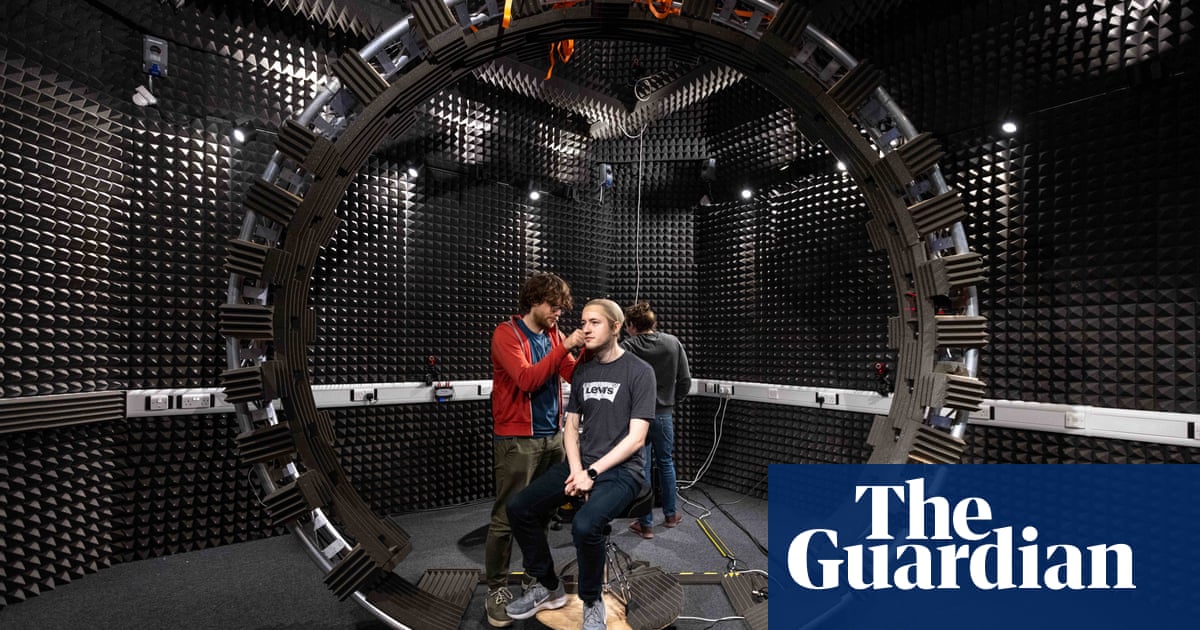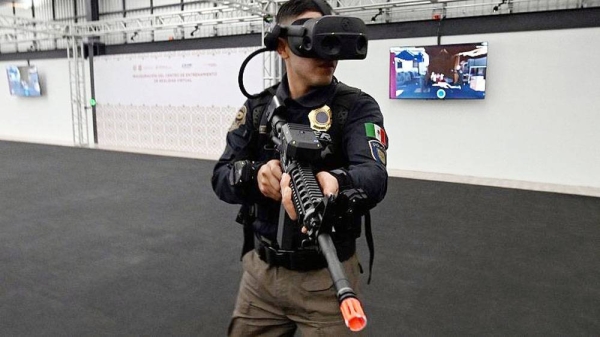
How do New York Times journalists use technology in their jobs and in their personal lives? Marcelle Hopkins, deputy video editor and co-director of virtual reality at The Times, discussed the tech she is using.Video has changed a lot in recent years. How have you and the video department incorporated new video technologies, and what technologies has the department helped pioneer for journalism?
Journalists and technologists from various parts of The Times started experimenting with virtual reality a few years ago. We launched NYT VR in November 2015 with the publication of the V.R. documentary “The Displaced” (about three children displaced by war) and the distribution of more than one million Google Cardboard headsets to our subscribers. Since then, we’ve produced more than 20 V.R. films, and we learn a lot with each one.
Last year, we launched The Daily 360, a series that produces a 360-degree video from somewhere in the world every day. The volume and cadence of daily publication accelerated our learnings in V.R. It allowed us to quickly iterate on a young storytelling form, train our journalists in a new reporting tool and introduce immersive journalism to a broad Times audience.How do you pilot test new technologies for video? How do you determine if something makes the cut for broader use in the newsroom?
Sometimes we practice with new cameras around the office or at home before using them on a story. Other times we send them out on a reporting trip for a trial by fire.
The first time we used the V.R. camera Z Cam S1, we took it to the hottest place on Earth: Danakil, Ethiopia, where temperatures can reach 125 degrees Fahrenheit. In the early days of our V.R. production, we’d had a lot of problems with cameras overheating and turning off. So we weren’t sure how the Z Cam would perform in such a difficult environment. To our delight, it never overheated as it captured stunning images for the resulting film, “The Land of Salt and Fire.”What have been the strengths of using virtual reality for journalism? What unexpected stumbling blocks have you come across with it?
V.R. is great for creating a sense of place. We often use it for stories in which the place is important to the story and being there can create a visceral experience that is rare in other mediums. V.R. can transport our audience to places they otherwise couldn’t or wouldn’t go, as in “The Antarctica Series,” which takes people below and above the ice of Antarctica.
Unexpected stumbling blocks arise frequently because we’re working on the edges of what we know how to do. There’s often a gap between how we want to tell a story and the tools that we have to do it. That’s when we hack available hardware or software to suit our needs.Among the virtual reality headsets from Facebook’s Oculus, HTC, Google, Sony and Samsung, which do you think is most likely to become mainstream first, and why?
I don’t know who will make it, but the first immersive media wearable to be widely adopted will look and function more like a pair of reading glasses than like the V.R. headsets we have today. The first generation of modern V.R. and augmented reality headsets are too clunky to go mainstream. They’re heavy and awkward, sometimes connected to a computer by a cable. They’re good prototypes for getting us started in immersive platforms, but I hope someone builds something that’s more convenient for everyday use.
I’m ready for a pair of glasses that uses light field technology to integrate interactive digital information in the real world around me. I want Google Maps to draw directions on the street in front of me. I want Netflix to project a movie on my living room wall. I want AccuWeather to show me today’s highs and lows on my coat closet door. I want NYT Cooking to put recipe demos on my countertop.
When that’s possible, I think, glasses will eventually replace smartphones.How are you thinking about augmented reality and its application toward journalism?
A.R. has huge potential for journalism. There are already a few applications that we’ve seen that could be useful in our reporting.
One is creating three-dimensional objects and putting them in the user’s environment. For example, if we build a 3-D model of how gravitational waves are generated from colliding black holes, you could walk around it to observe the mechanics of an invisible astronomical event.
Location-based A.R. has widespread applications for news, travel, culture and real estate. When visiting the vineyards of Sonoma County, you could access tips and highlights from our Travel section.
I’m also very interested in A.R. portals. Imagine a digital “door” in your living room that leads to a Rohingya refugee camp in Bangladesh.
Of course, I’m most excited about the A.R. applications we haven’t thought of yet. Outside of work, what tech product are you currently obsessed with using in your daily life and why?
I often joke that Spotify knows me better than anyone in my life. My favorite feature is Spotify’s Discover Weekly, which serves me a personalized playlist of music I’ve never heard. I save the songs I like, and occasionally make my own playlists out of the ones I love. As with any machine learning algorithm, the more you use it, the smarter it gets. At this point, Spotify is really good (probably better than me) at something I don’t have time for anymore — finding new music I like.
How much do you take video personally for friends and family and for social media? Or do you leave all of that at work?
I’ve gone through phases with documenting my personal life. Right now I’m in a social media lull and don’t take many photos or videos outside of work. It’s a real treat for me to abandon my phone when I’m spending time with friends and family.The New York Times












